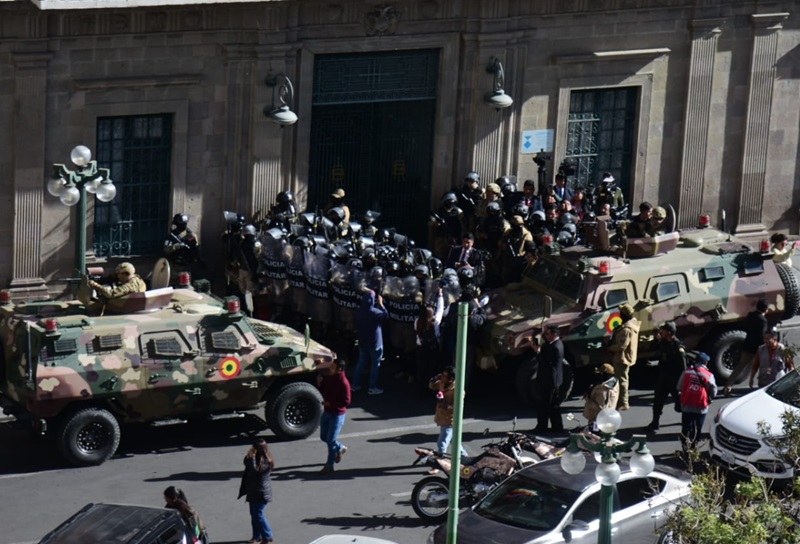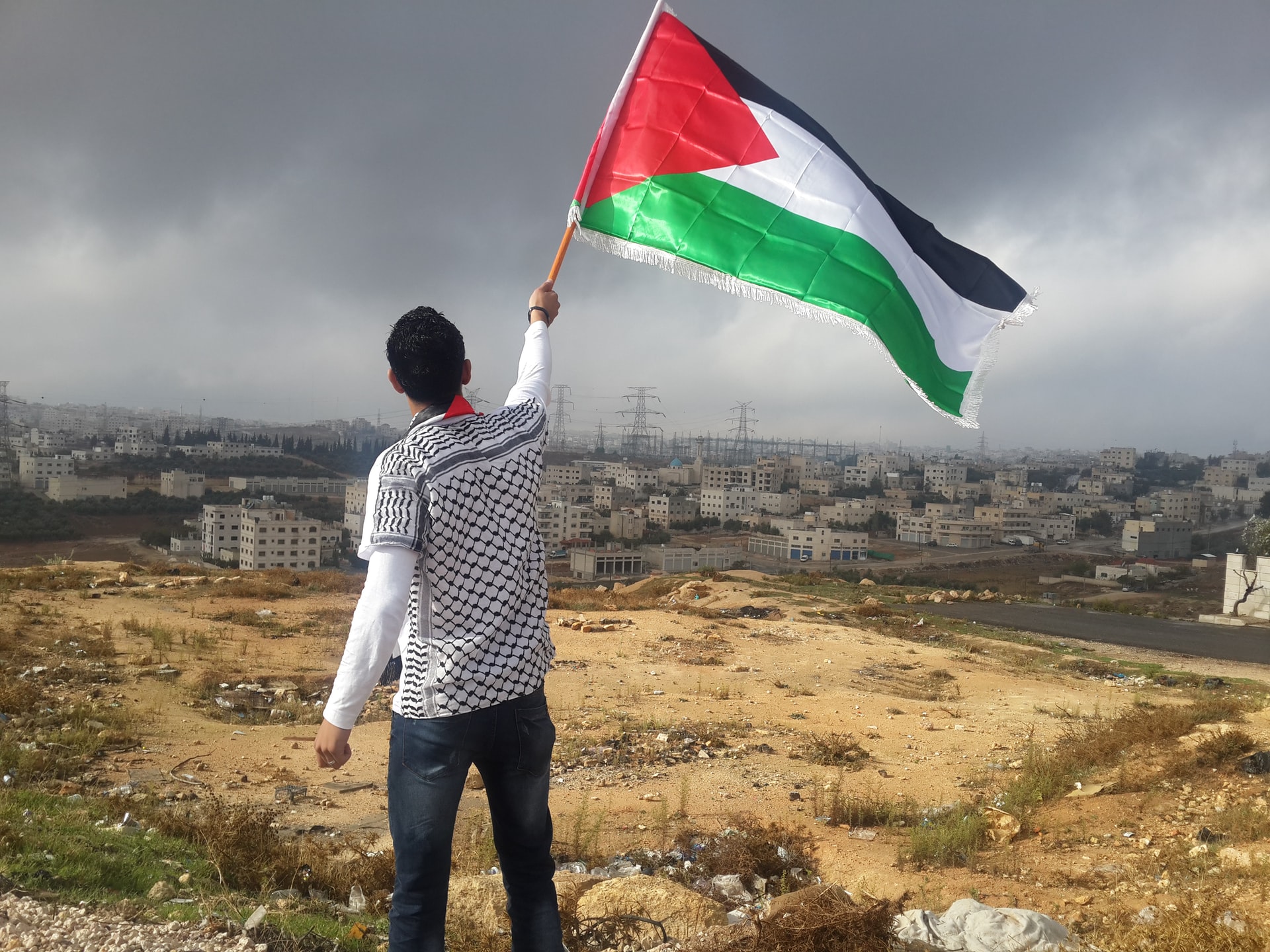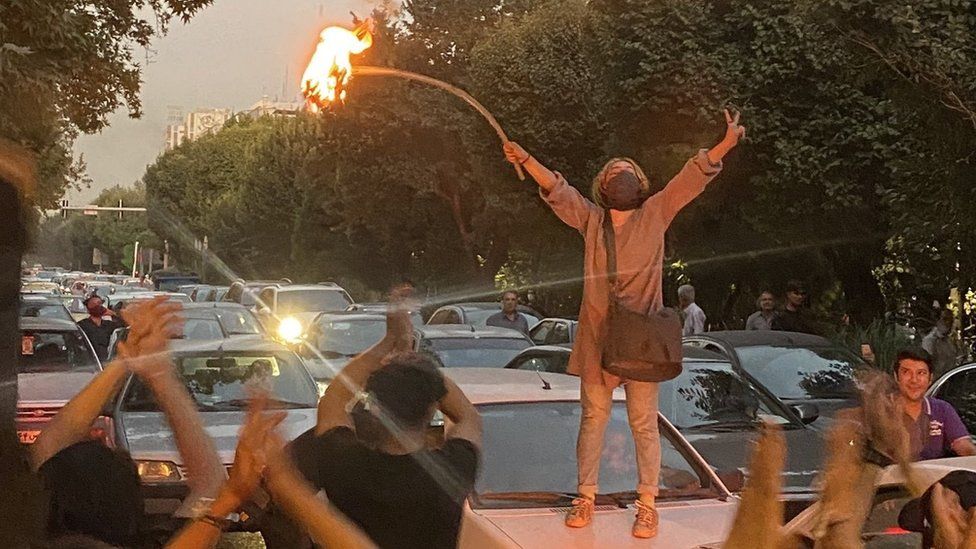Samuel Flewett, a socialist from New Zealand based in Chile, sends this report on the recent victory at the polls there.
On Sunday, the 25th of October, 78% of us voted to send the Pinochet-era constitution to the dustbin. The masterpiece of Pinochet’s chief political theoretician Jaime Guzmán, admirer of Francisco Franco, and one-time activist with the fascist organization Patria y Libertad (Fatherland and Freedom), is now most likely to be replaced by a new document written by a democratically elected, gender balanced constituent council, with spots reserved for indigenous representatives. Dating from the year 1980, the previous constitution was designed to constrain the inner workings of the state to maintain intact the most important aspects of the Pinochet years even long after the formal end of the dictatorship in the year 1990. In the words of Guzmán, “The constitution needs to ensure that in the case that our adversaries manage to form government, that they are constrained to a course of action not so different from our own, because – to use a metaphor – the range of alternatives on the playing field available to those playing on it should be sufficiently small such that it shall be extremely difficult to follow a different course of action” The consequences of this constitution are everywhere to be seen. The political system is set up in a hyper presidential fashion, with a Congress with only limited powers, abortion was totally prohibited up until a few years ago (and is now highly restricted), Chile is the only country on Earth where all water reserves are in private hands, two thirds of children attend private schools, we have apartheid healthcare, and any attempt to effectively reform the pension system is declared “unconstitutional”.
In economic terms, Chile enjoyed a long period of growth from 1985 through to 2013, the second half of this period mainly due to the commodities super cycle which boosted the economies of most primary sector producers across the globe. In terms of development of the local economy, the growth has been very uneven: Fly in, fly out workers in the mines of the North, nice offices and earthquake proof apartment buildings in the main cities, modern universities, flashy shopping malls with two or three times as many workers as in a developed country, street sellers on the footpaths outside of the malls, bus drivers who are paid on commission, plywood houses which go up in flames in the annual bushfires, fresh food markets priced at the international market rate, and a Spanish owned motorway running the length of the country bypassing all of the rural towns – open to all who can pay the NZ$6/100km toll. For most, the standard of living has improved over the past 30 years, but not as much as expectations have risen, and always with the knowledge that any economic fortune is going to end as soon as one turns 65. On the political front, the center left has governed for 24 of the past 30 years, but with the constraints of Pinochet’s constitution have not been able to install any substantive reforms. This lack of movement has also precipitated a historical crisis of confidence in all of the political parties from the left wing Frente Amplio and Communist Party to the fascist Partido Republicano (no relation to its North American namesake).
Due to high levels of repression, mass resistance on the streets was largely absent between 1973 and 2006, with the political traditions of a generation driven into the dust and exile by Pinochet’s men. With the coming of age of the generation born following the end of the democracy, we saw the high school student’s uprising of 2006 against the segregated education system, and then an even larger student movement in 2011 involving both high school and university students. Michelle Bachelet came into office on the back of the 2011 movement, which also saw its leader Camilla Vallejo voted into office, and the formation of the Frente Amplio collection of left wing parties. This (second) Bachelet presidency attempted the most ambitions series of reforms since 1990, but they were largely unsuccessful due to a concerted right wing propaganda offensive, and an insider trading scandal involving the president’s son and daughter in law. From 2011 onwards, large scale protests have been commonplace: Protests for education, pensions, women’s rights, the environment, and indigenous rights have all drawn tens of thousands of people, in some cases hundreds of thousands.
The week starting on the 14th of October 2019 was different however. From the 14th to 16th, there was mass fare evasion by students an increasingly workers in the metro stations around Santiago which were growing by the day and being heavily repressed by police. The amount of news coverage was increasing, but the city was running fairly normally until lunchtime on Friday the 18th of October. As protests escalated during the afternoon, it had become apparent that this wasn’t simply another protest movement as had been seen during the past decade, but something qualitatively different. By 3pm, most workers were being sent home, and shortly afterwards the metro was closed, leaving some to walk 20km home in the Santiago heat. Police were filmed throwing tear gas into metro wagons, shooting school students in the streets, and by nightfall most of Santiago was in open rebellion. Meanwhile, President Piñera was at his grandson’s birthday party in a pizza restaurant.
Other cities were still normal on Friday, only with people more glued to their phones than is normally the case. A state of emergency and curfew was declared that night for the first time since the dictatorship for any reason other than a natural disaster, and we woke on Saturday morning to the scenes of military vehicles rolling into Santiago being broadcast on television. During Saturday afternoon, the protests spread to other cities up and down the country, with the curfew greeted in Santiago with a countdown as if it were new year’s eve. Despite some small concessions from the government, numbers kept growing until a first peak on the 25th of October when 1,2 million marched in Santiago, and tens of thousands in other cities up and down the country. For the next two weeks, there was a stalemate between the protesters and the government, but with people gradually retuning to work in the center with the state of emergency having been lifted. A general strike was called during the first week, however with the military and teargas filling the city centers, people are already at home and such moves had little effect. By the 12th of November, people were trying to return to normal, meaning that the general strike called for that day had a much greater impact, with most people staying home and/or participating in the marches. That evening, there was a crisis meeting in the presidential palace, during which another state of emergency and a military route out of the crisis was debated, but was discarded in favor of asking congress to attempt to negotiate a political solution, likely sacrificing the constitution of 1980 in the process. In the early hours of the morning of the 15th of November, an agreement was signed between the presidents of the majority of the political parties represented in congress to allow the constitutional plebiscite realized last Sunday.
It is worth mentioning that this agreement was highly controversial on the left, with some regarding it as a victory in its own right, and others considering it a treacherous act of betrayal. Personally, I am of the opinion that it was necessary given that a more favorable outcome would have been unlikely given the balance of forces on the ground at the time, and the imminent risk of even greater military or police repression. In any case, all of the left was involved in the recent campaign for the plebiscite– both online and in person depending upon the COVID situation in different parts of the country.
Overall the turnout was 51%, with highs in the 60’s in the richer districts, results in the low to mid 50’s in the poorer urban districts and regional centers, in the 40’s in the areas most affected by COVID, and in the 30’s in many rural areas. While this seems low, it is higher than any other election since voluntary voting was introduced about a decade ago. It is worth noting as well that some poorer districts of Santiago noted a 15 percentage point increase in turnout compared with the presidential elections 3 years ago – testament to the impact of the rebellion on political consciousness in those areas. In most of Santiago, more than 80% voted in favor of changing the constitution, but those opposed to such change were almost all concentrated in the 3 richest municipalities of the capital. This level of class consciousness apparent in the election statistics is remarkable even for a country like Chile where the concept of class is more present than in most other Western societies. People whom in a typical election may vote for an “aspirational” candidate voted with the majority in favor of a democratic constitution.
Looking towards the future, the key will be to maintain the mobilizations such that the body redacting the new constitution feels pressured to respond to the popular will. Winning people to the argument of participating in political parties is also a necessary task given the total confidence crisis currently affecting all parties. This can only be gained by demonstrating in practice that political organization is a necessary component in bringing about real change. To date, no material changes have been brought about by the protests, and therefore there is much work to be done looking towards the new constitution, and standing together to construct the society which we all want to live in: Green, feminist, plurinational, democratic and socialist.









